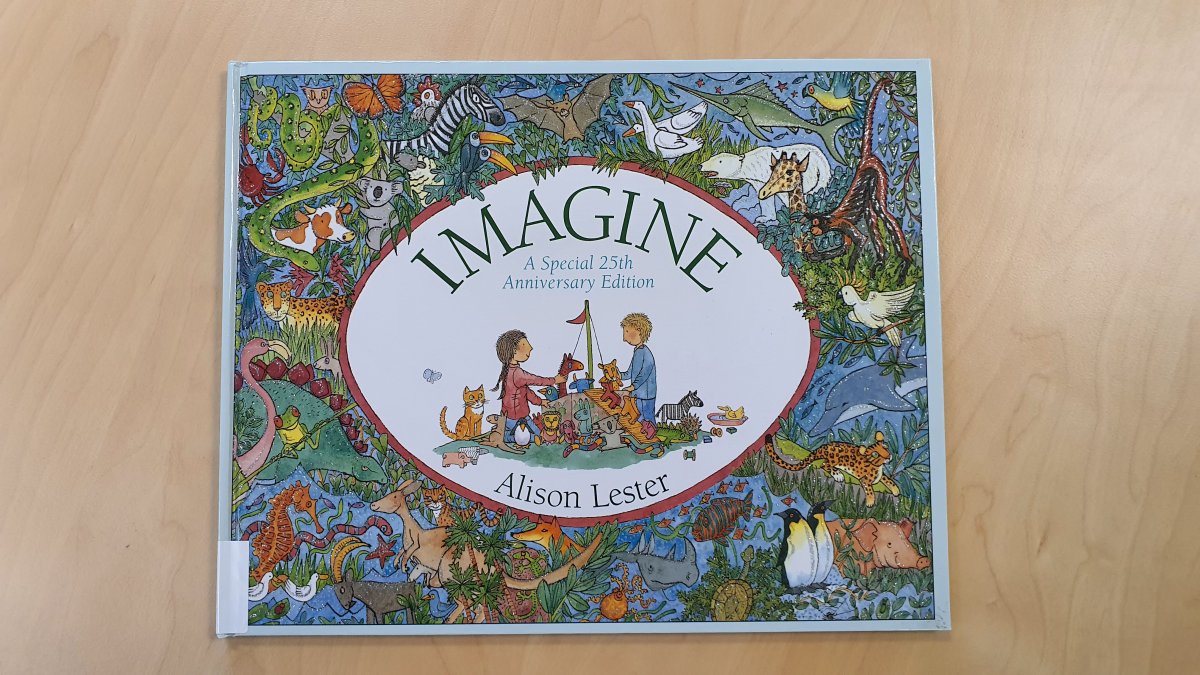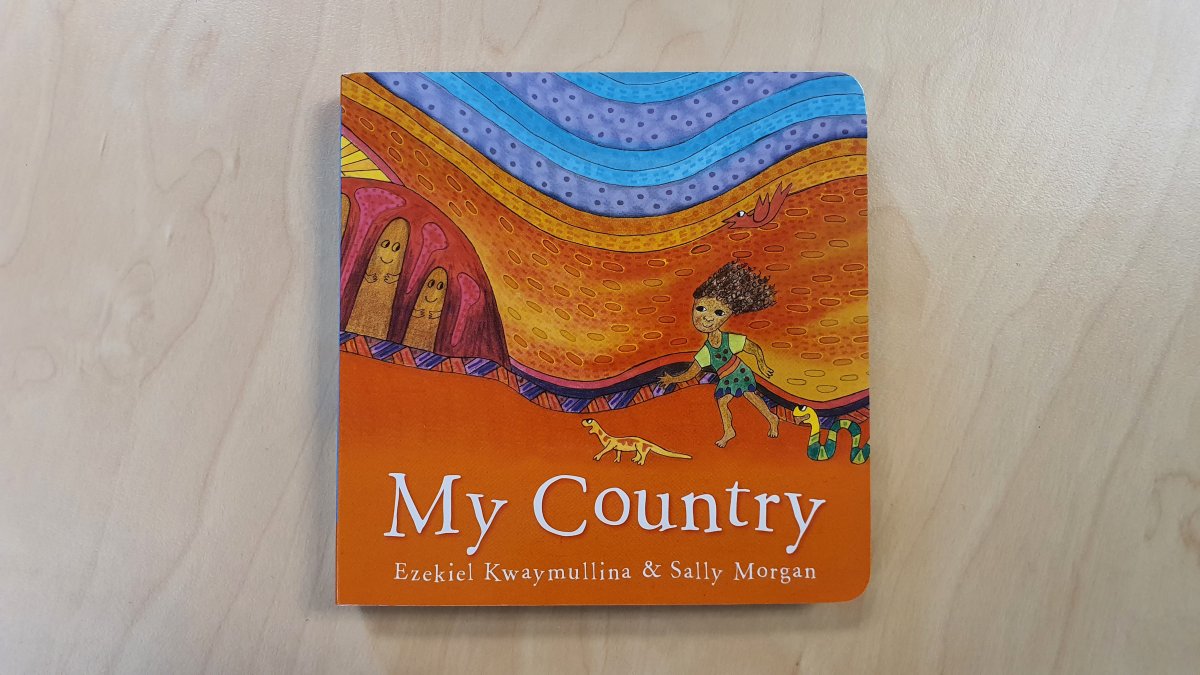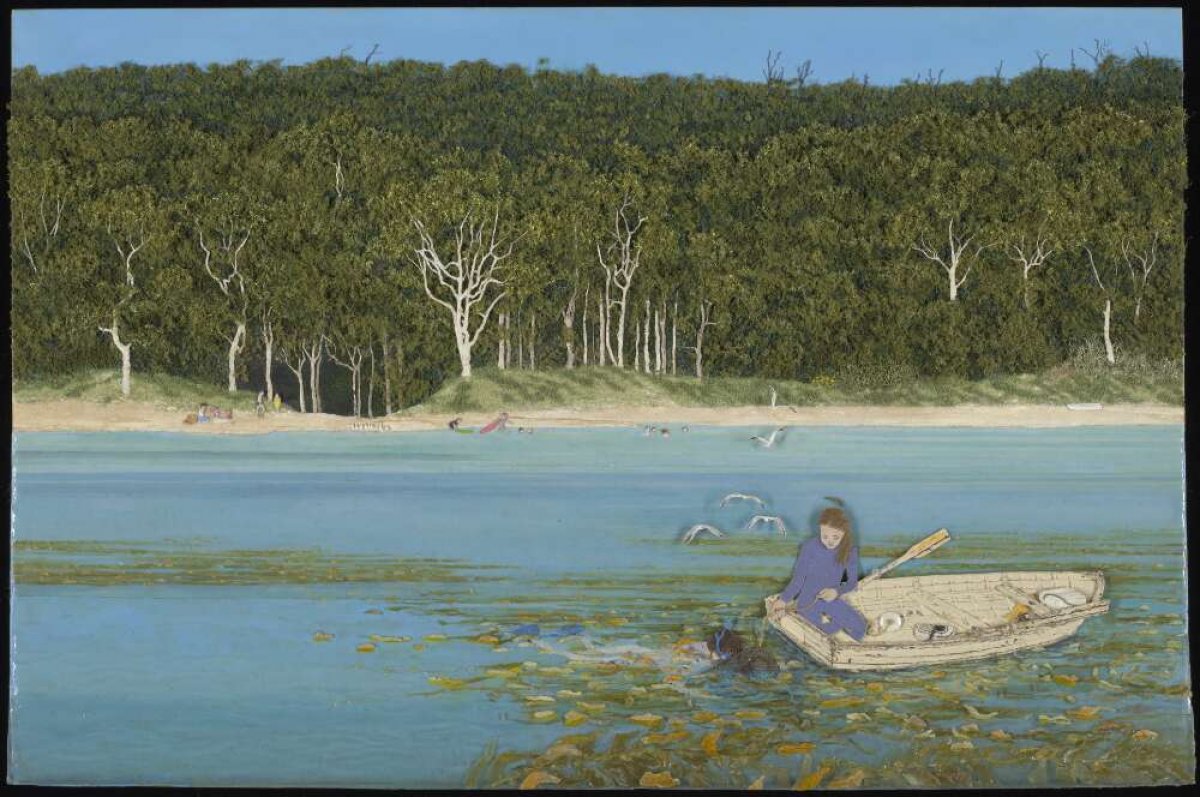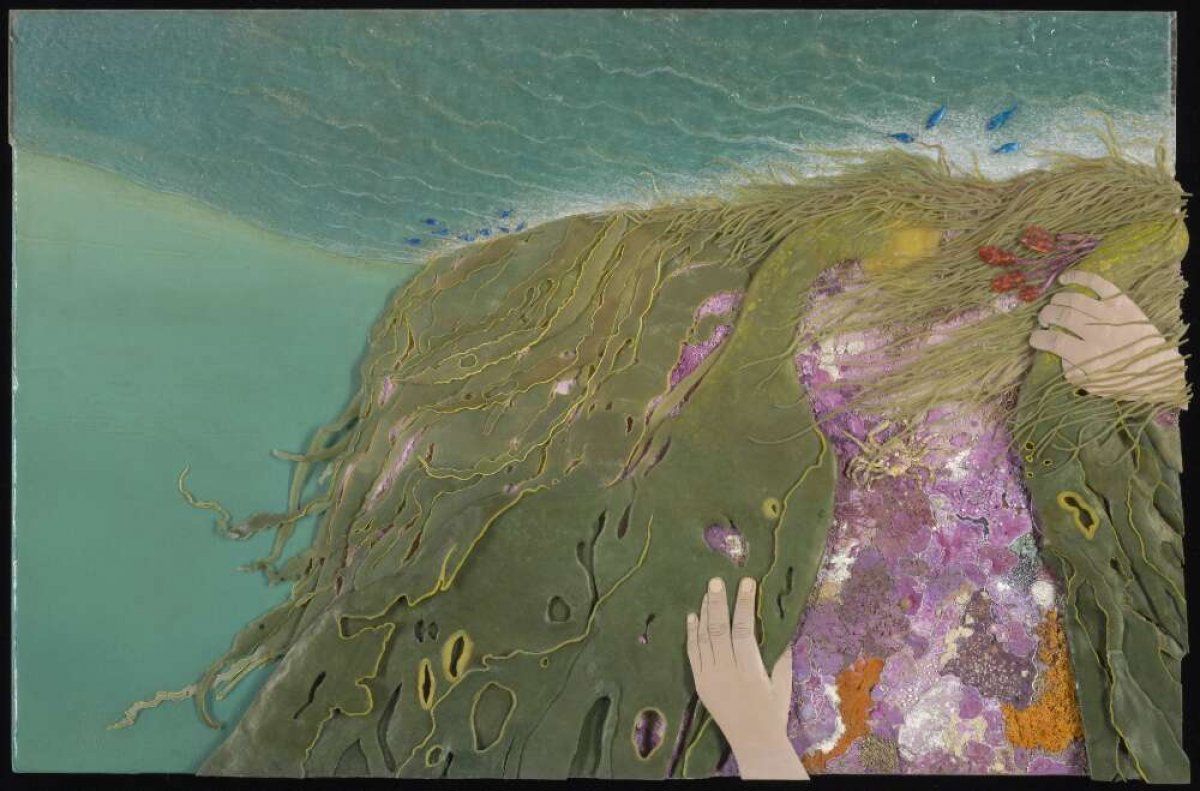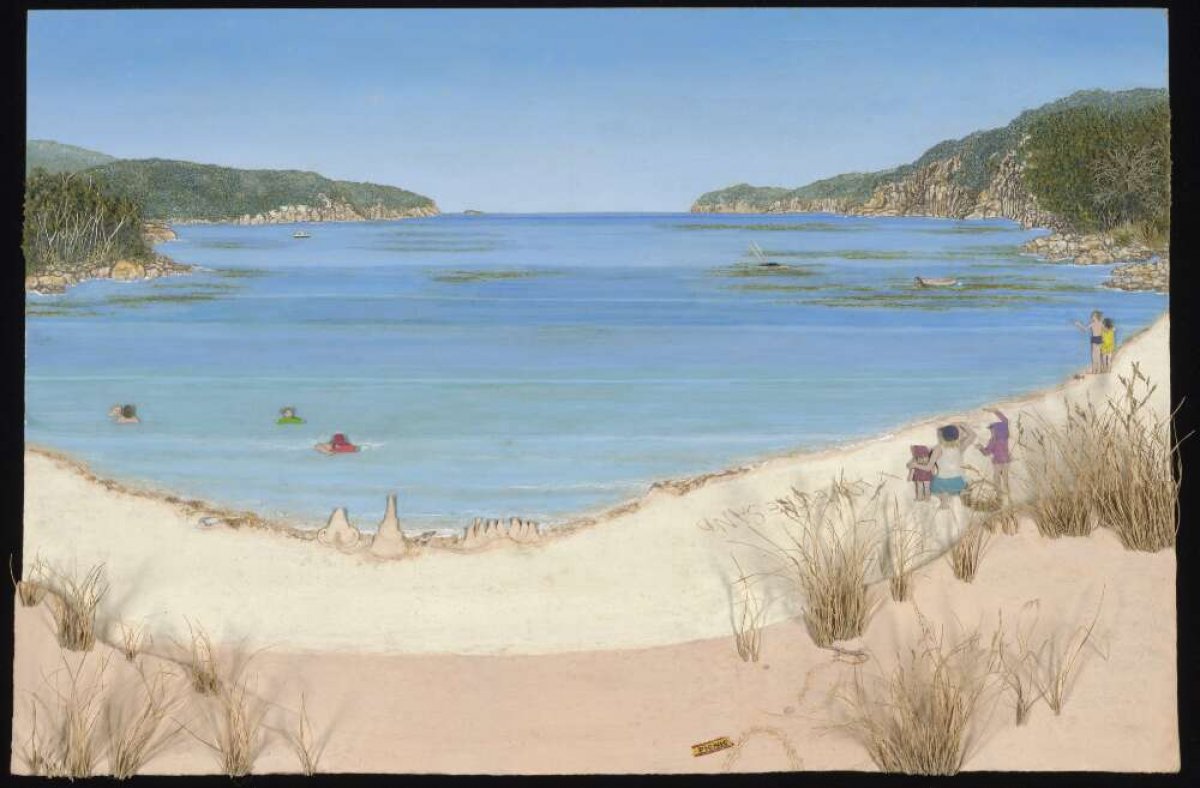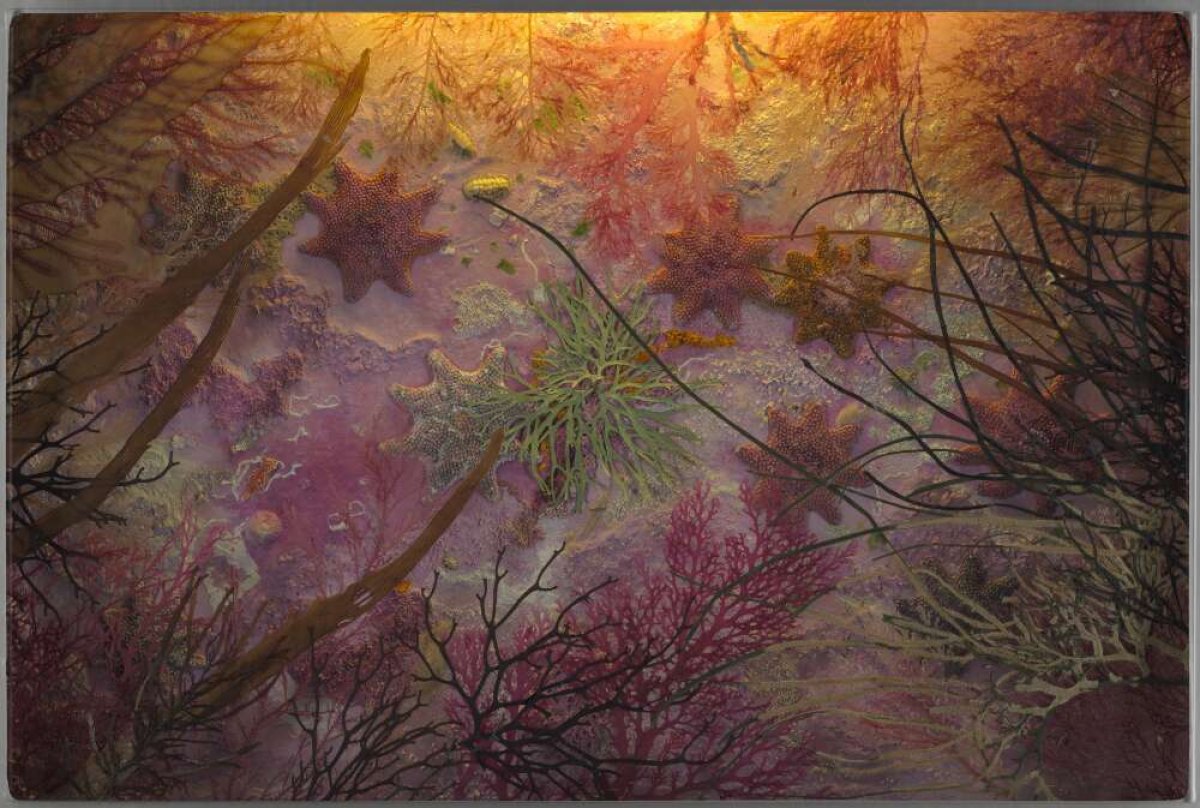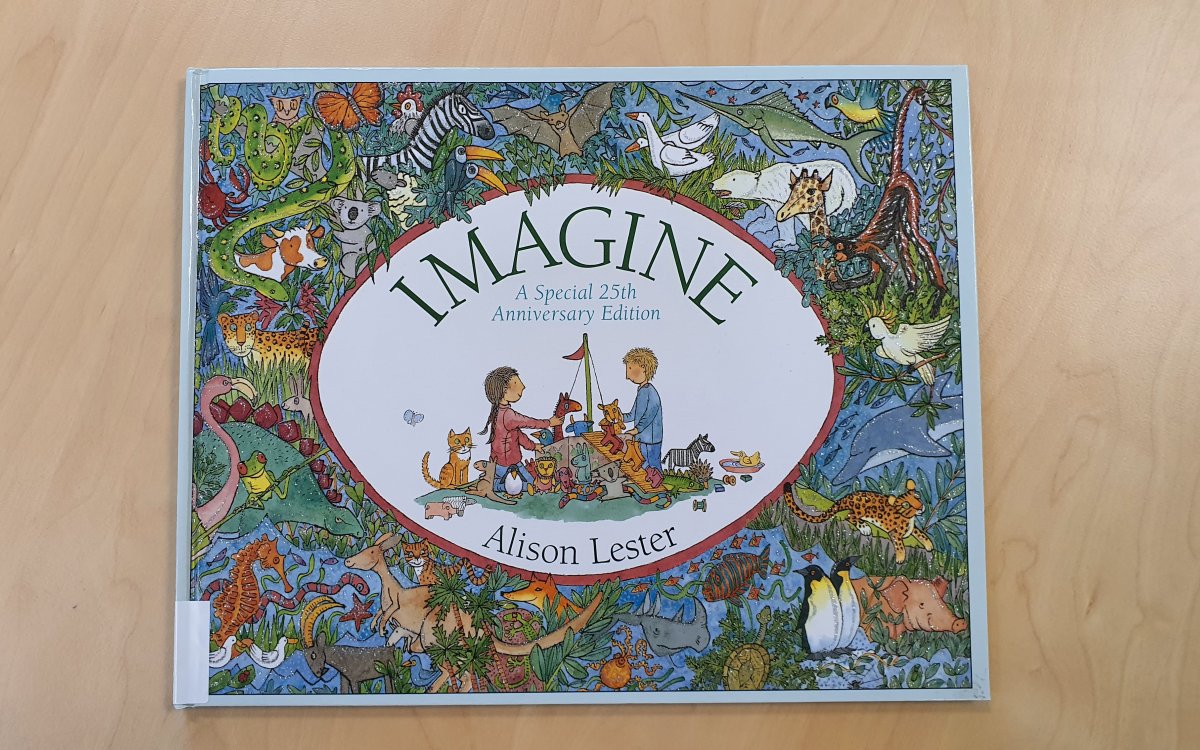
Lester, Alison. (2017). Imagine / Alison Lester. Crows Nest, NSW : Allen & Unwin. https://nla.gov.au/nla.cat-vn7417864
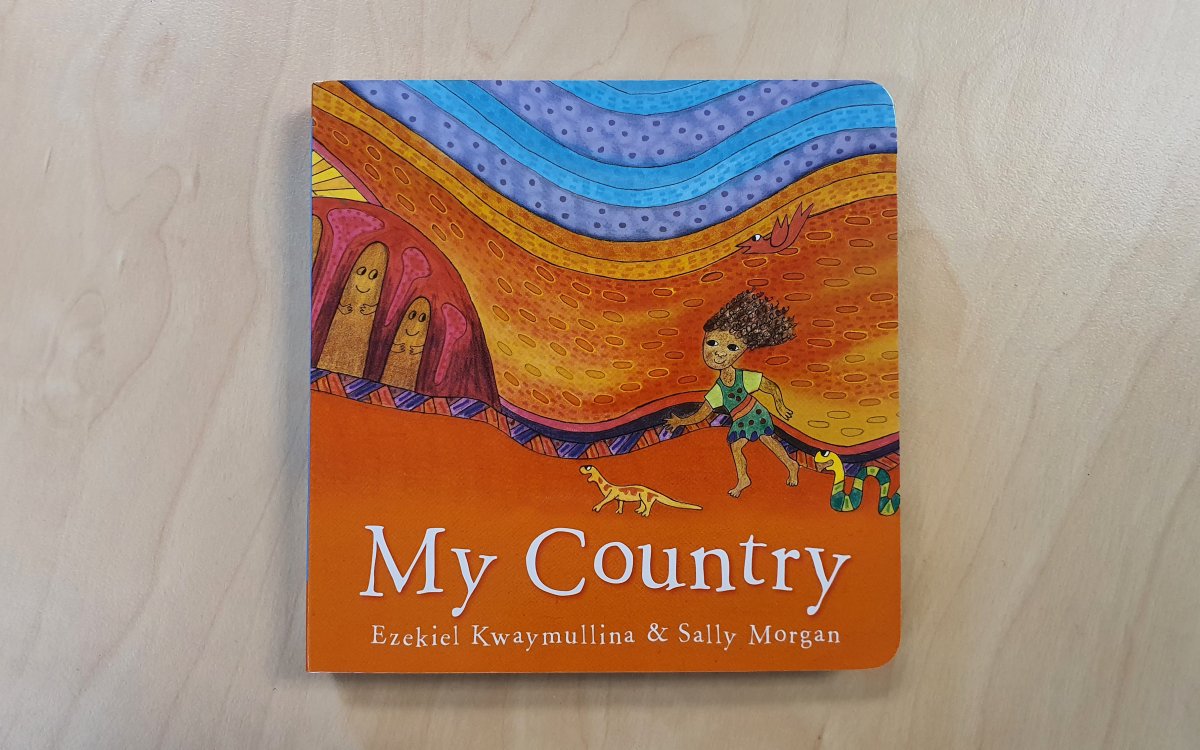
Kwaymullina, Ezekiel & Morgan, Sally, 1951 January 18-. (2019). My country / Ezekiel Kwaymullina & Sally Morgan. [North Fremantle, Western Australia] : Fremantle Press. https://nla.gov.au/nla.cat-vn8071396
Australia is fortunate to have a large number of talented illustrators and picture book authors. Reading picture books is important in speech development, building literacy skills, helping children to use their imagination. The images in picture books help to expand on the meaning of the text, and some books use only pictures to tell a story.
Shaun Tan is a well-known author and illustrator of children’s books in Australia. His first children’s book, The Haunted Playground, was released in 1997 and he has since written and illustrated a further 13 children’s books. He also worked as a concept artist for animated films such as Pixar’s WALL-E. Many of Shaun Tan’s books include themes of acceptance, difference, immigration and belonging.
Sometimes, books have no words in them. Wordless picture books can be a way to allow us to create our own story or come to different endings to other people reading the book. Author and illustrator Jeannie Baker is well known and loved by many Australian readers. Her books are uniquely illustrated using collages made from a variety of materials, including bark, leaves, feathers, earth, wool and cracked paint. The National Library of Australia holds in its collection examples of Jeannie Baker’s collages from her book Hidden Forest. A collage is an image made up of layers of different materials to give depth and perspective. In her books, Jeannie Baker frequently includes themes of sustainability, caring for the environment and belonging to place.
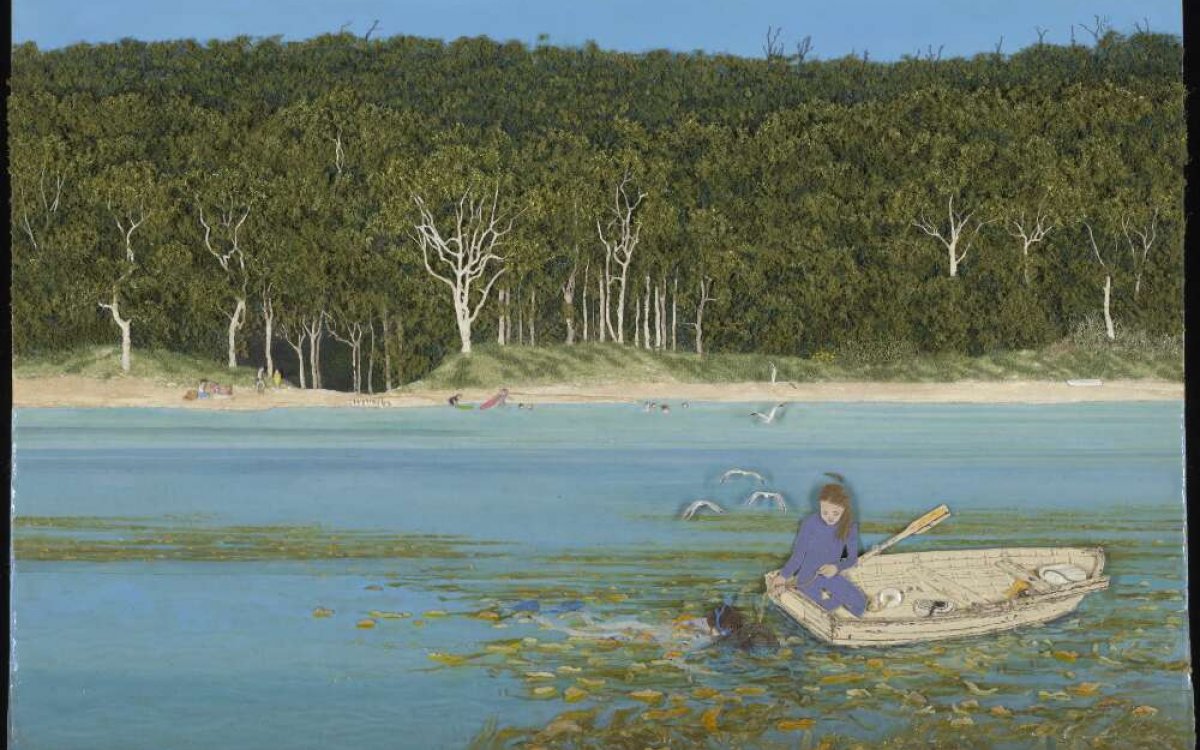
Baker, Jeannie Hidden forest. (2000). Fortescue Bay with boat close up / Jeannie Baker. http://nla.gov.au/nla.obj-971476354
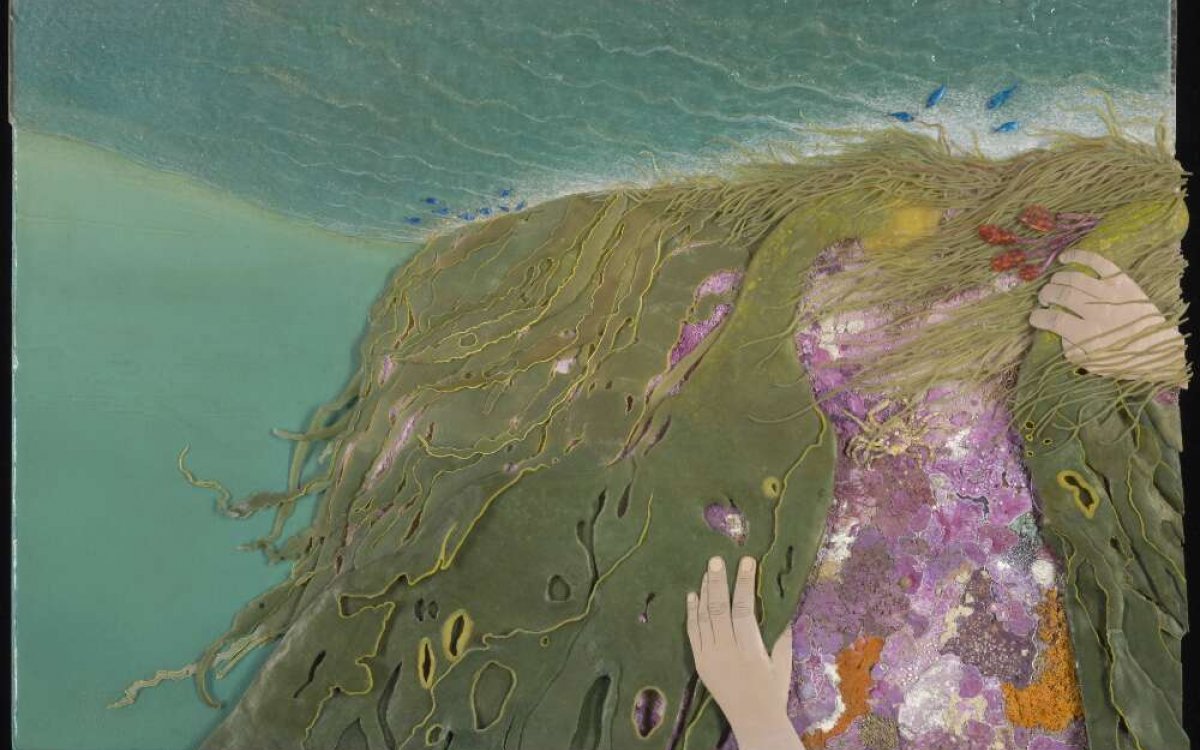
Baker, Jeannie Hidden forest. (2000). Bull kelp detail / Jeannie Baker. http://nla.gov.au/nla.obj-971159954
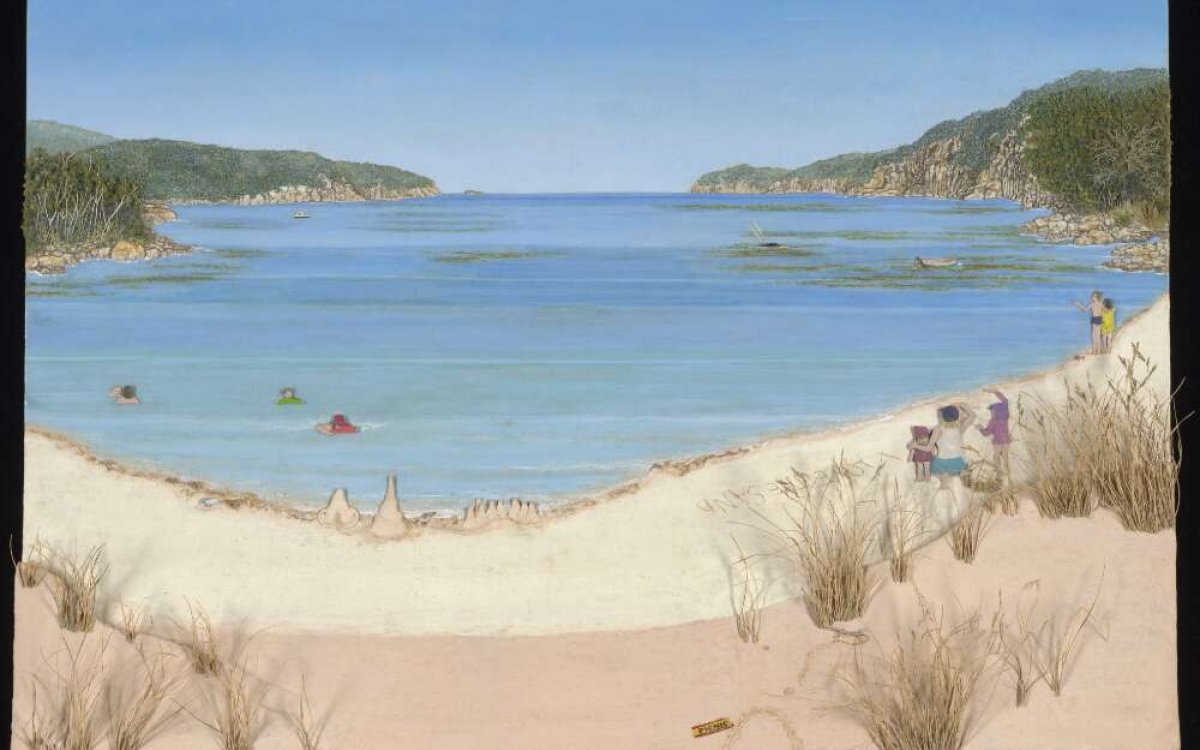
Baker, Jeannie Hidden forest. (2000). Fortescue Bay, high tide / Jeannie Baker. http://nla.gov.au/nla.obj-971476340
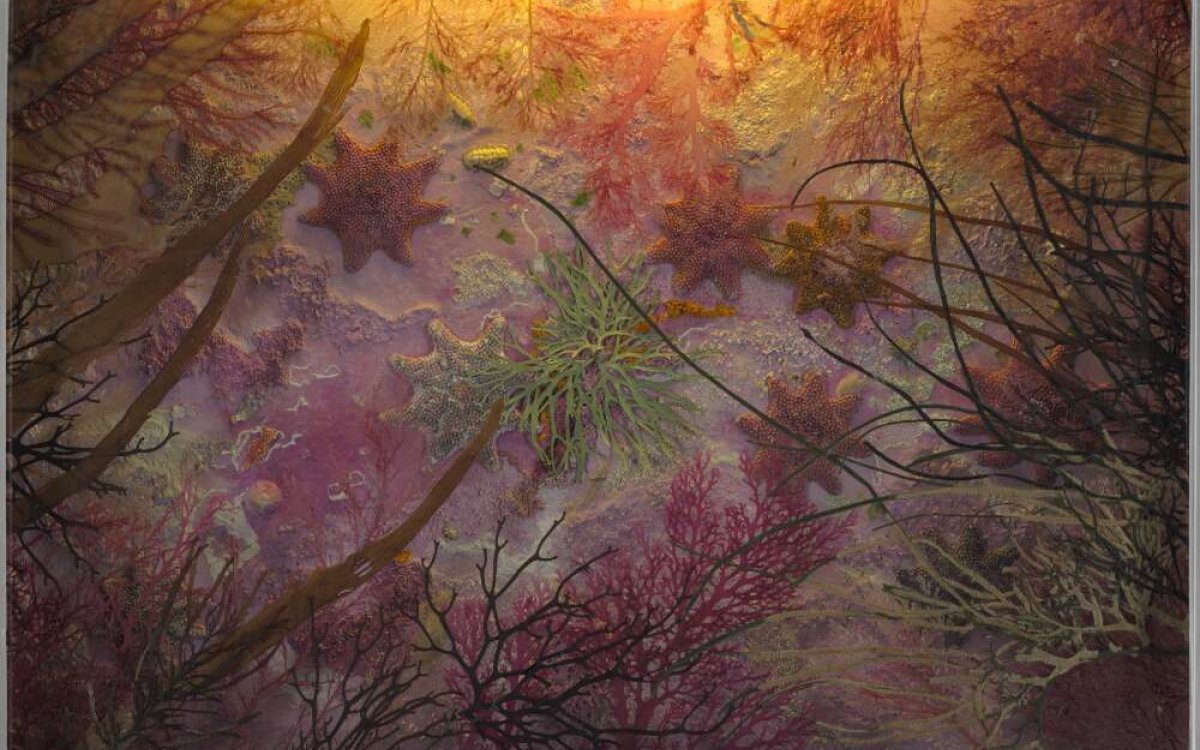
Baker, Jeannie Hidden forest. (2000). Endpapers / Jeannie Baker. http://nla.gov.au/nla.obj-971313378
Activities
- Select a Jeannie Baker book to read with your class. Some of her books are beautiful examples of stories without text (Mirror, Belonging and Window). The artworks throughout Jeannie’s books are miniature collage constructions. Jeannie begins her artworks by first drawing the picture, then building them up using natural and artificial materials to create a collage. The textures of the natural materials are used to make the artworks look realistic and to bring a three-dimensional feel to them.
- Divide the students into small groups and give them an A3 printed page from the book. Images are available from the NLA catalogue. Ask students to analyse the pictures:
- Can you identify any of the materials used in the collage?
- Are you able to understand the story just from the images?
- Do you think you can tell a story using a collage? Provide students with white paper, various collage materials and glue to make their own collages.
